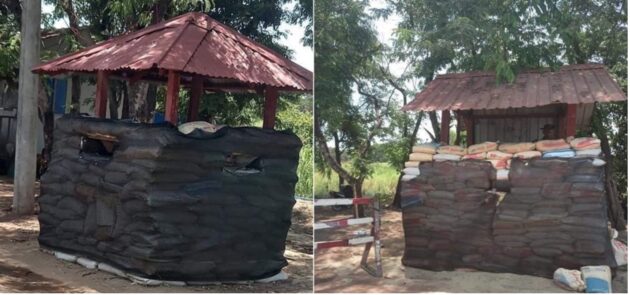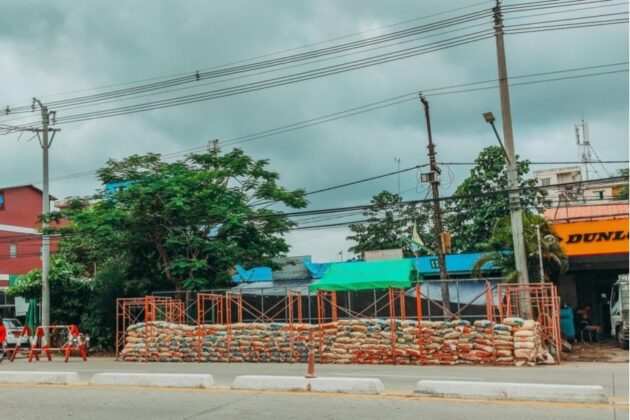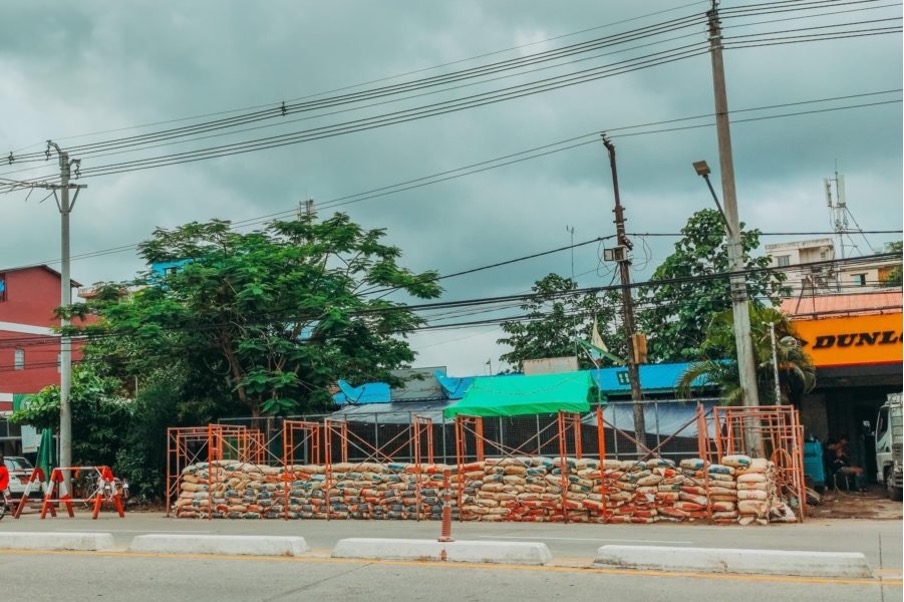30th May 2021
I have managed to reconnect with useful sources and the situation is getting complex. In protests against the previous coups, the opposition tended to gradually fade away after a few weeks as the military turned the screws and imposed their will on the people. The current coup is different.
Today’s protestors are more sophisticated than previously, more technologically aware, and having had a taste of relative freedom don’t want to give it up. The older generations are also determined in their opposition, as having experienced appalling living conditions under the previous repressive regimes don’t want this to be inflicted on their children. All this is showing through in a steely determination not to let the coup succeed. Although their actions will not succeed tactically because of the military’s overwhelming firepower and strength they are able to cause a stalemate through the economic decline and the ability to continue guerrilla action against the Junta.
And this is where today departs from parallels with the previous military rule. The police and soldiers in the major cities have been taking casualties, which didn’t happen before. They have had to erect barriers and sandbag walls at police bases and where they are mounting guard to afford themselves some protection. They have been taking casualties as unknown individuals/snipers have been taking out soldiers and police who have been guarding premises. This is having an effect on morale, as the military have been used to losses in the ethnic conflict zones but have always been safe in the cities. They now face uncertainty when they go on guard duty and patrol.
In the past, a network of informers soon helped the authorities to close down opposition as they gave the military good on the ground intelligence. This is still happening today, but suspected informers are being found dead and/or dumped in the river which is making historical informers have second thoughts.
The state-run media crowed that the military had uncovered an arms cache in Yangon with rifles, handguns and over 2,000 bombs. Whilst the bombs may not be high-grade military explosives, they were strong enough to cause damage to infrastructure and personnel. It raises the point that this is certainly not the only cache in a city of 6,000,000 and the current wave of dissidents are sophisticated enough to spread their materials.
It has been reported that thousands have made their way to ethnic zones for training and although the military arrest some on their way back to the cities, enough are getting through to train other people in the cities and continue inflicting casualties. They have also selected civil administrators and leaders who are carrying out municipal duties for the military and are attacking them, killing a number of them.
All this is having a major impact on the morale of the troops, police and administrators who aren’t used to dealing with urban dissidents that bite back. If this continues then the junta are in for a longer haul than expected.
For Myanmar’s security forces, insecurity is in the air now.
Until recently, they were the town bullies. They rampaged in the streets and robbed people. They raided neighbourhoods, challenging people, “Come out, you who dare to die!” while firing automatic rifles in pursuit of anti-regime protesters.
It seems those days are numbered, however.
Here is a bitter truth they have just begun to realize in recent days: They are no longer safe, wherever they are, even in big cities like Yangon.
This newfound sense of vulnerability appeared almost overnight after deadly assaults on security forces last week by unknown attackers. In Yangon’s Sanchaung Township, at least two security forces were killed when explosives were thrown into the township GAD office. It happened in broad daylight. According to unconfirmed reports, a soldier on sentry duty there was shot dead at close range, too.
Next day, a member of the regime’s security forces was shot dead on the spot by an unknown attacker at a high school that had been turned into a security base in Yangon’s Thingangyun Township. Residents said a volley of shots rang out during a Hollywood-style exchange of gunfire between soldiers and unknown assailants from a vehicle. Following the shootout, a blast occurred in the township.
For the regime troops sheltering behind the sandbags, the situation they face is a depressing one. When they meet the eyes of passersby, they see hatred in some. For the majority of Myanmar’s people today, following the regime’s slaughter of more than 800 civilians since the coup, soldiers and police are objects of disgust. For a soldier, few things can be more demoralizing than the knowledge that the people hold you in contempt. At the same time, the news outside Yangon is even less encouraging.
In the country’s southeastern Kayah State, a number of police stations have been burned to ashes by anti-regime civilian forces. Over the weekend, resistance fighters killed more than 40 regime troops in guerrilla attacks. The death toll was so significant for the junta it didn’t mention a number when announcing the attack, saying only that “some security forces were killed” and “some disappeared.” In other parts of the country such as Chin State and Sagaing Region, local resistance groups have taken up arms against regime troops, with both sides sustaining casualties.
Unlike in Kayah, Chin and Sagaing, however, no one has claimed responsibility for the deadly attacks in Yangon. The effect is to make the security forces here feel more nervous and unsafe; they are forced to assume that everyone is a potential attacker.
Meanwhile, the sight of fully equipped soldiers and police hiding behind sandbags and cage-like wire fences is a cause of bemusement to locals. When pictures of soldiers crouching behind sandbags went viral on Facebook, people mocked them and called them cowards. Until March, it was young anti-regime protesters who used sandbags, mostly for fear of the security forces’ crackdowns on them. Now, it is the men in uniform who are tasting fear, and the barricades seem essential to them. Under a picture of one of the heavily fortified outposts, one user simply dropped the comment: “Come out, you who dare to die!”
Source the Irrawaddy, 27th May 2021.


Whilst the resistance is small scale, there is no doubt that the protestors are climbing a steep learning curve and they are becoming co-ordinated and developing a coherent strategy.
And finally, the UNHCR announced on May 28th That there has been more than 120,000 internally displaced refugees (IDRs) due to the actions of the Junta.
Please share this article so that others can discover The BFD

